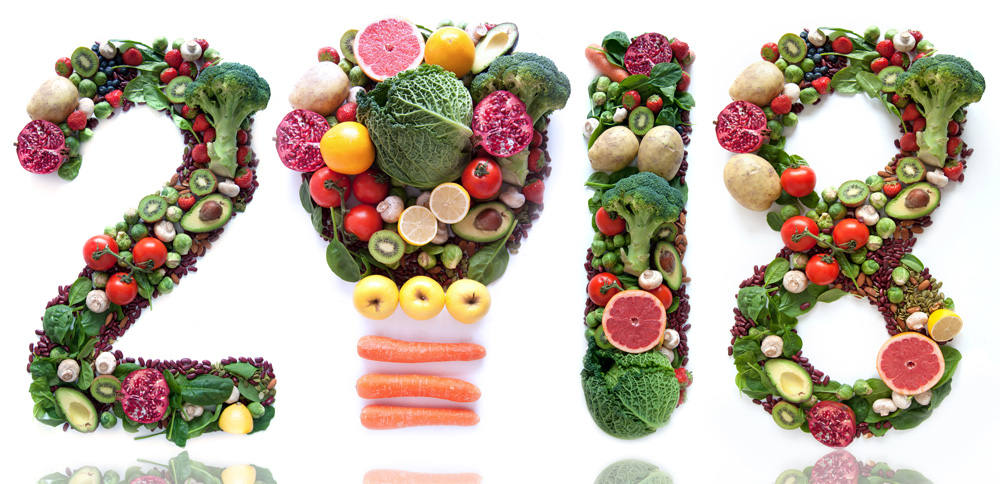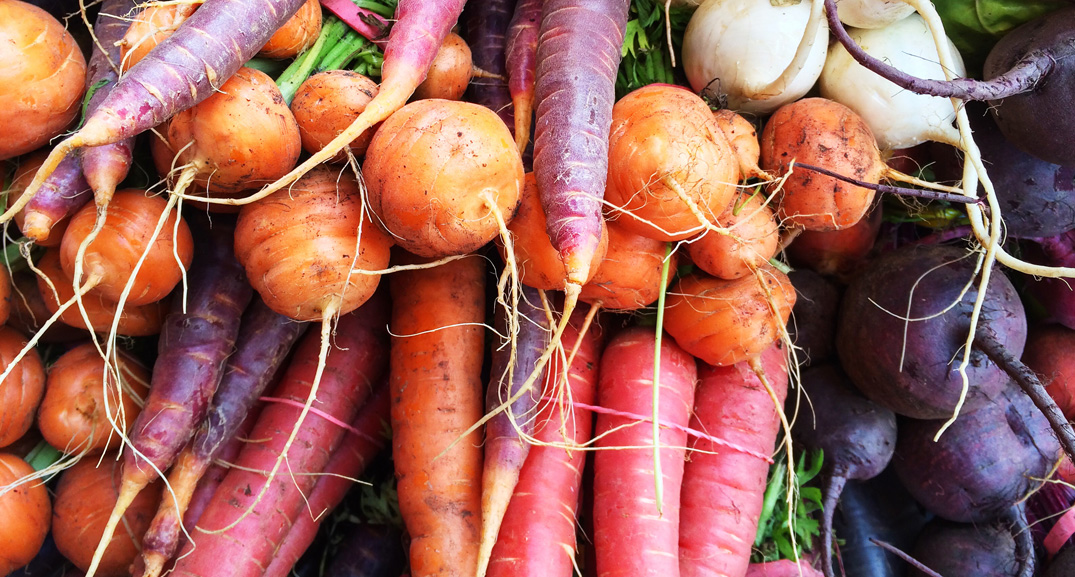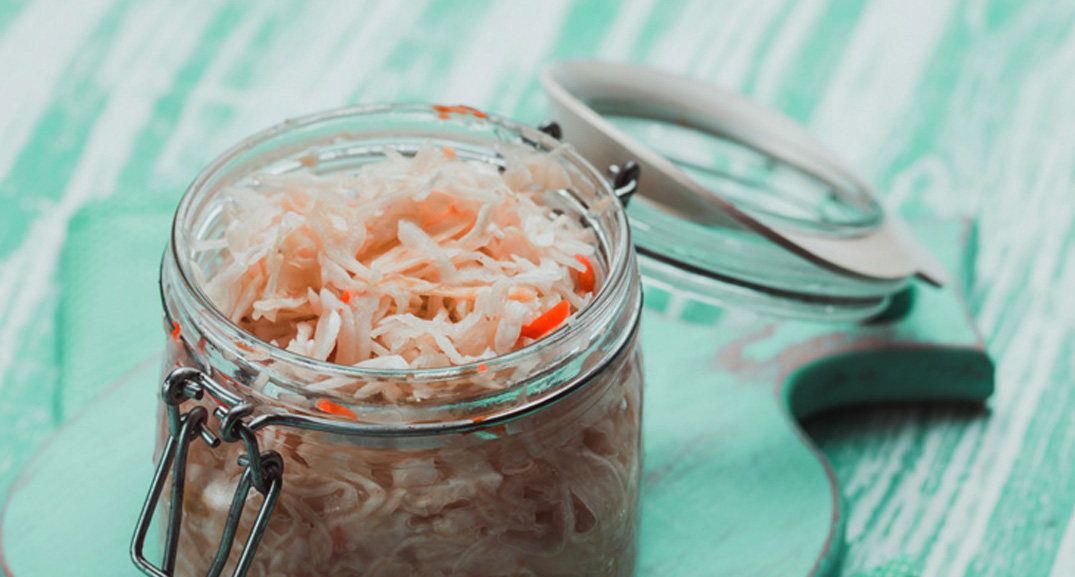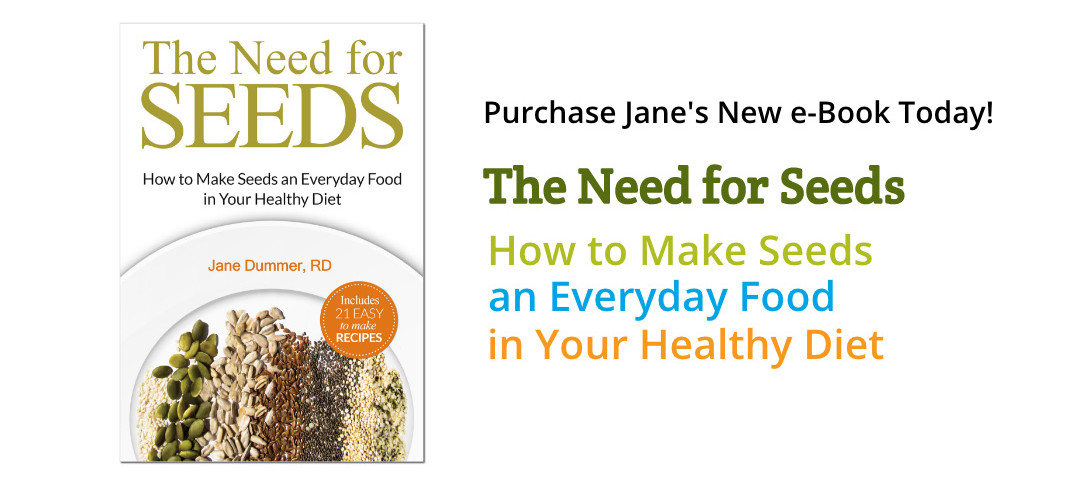
Food and Nutrition Trends for 2018
Happy 2018! It’s that time of year again when food and nutrition trends are making headlines. Predictions are coming from all types of media including me. Identifying and sharing food trends continues to be an important and entertaining aspect of my business. Let’s explore my favourite food and nutrition trends for 2018.
2017 Trends Continue: Gut Health, Plant-Based and Food Waste Reduction
Food Waste Reduction 3.0
I first wrote about food waste four years ago for my Huffington Post column on turning imperfect vegetables into delicious meal options. In spring 2014, Intermarché, the third largest supermarket chain in France, developed an imaginative marketing campaign, Inglorious Fruits and Vegetables, to sell so-called inferior produce at a 30 percent discount. Farmers sold more of their crops, consumers had smaller grocery bills and Intermarché has increased its business.
People want a connection with the foods they eat; they want to know where foods come from – it’s part of being mindful. It’s no coincidence that in 2017, more and more companies and corporations started prioritizing sustainability and ethics protocols. This trend will continue into 2018 with consumers.
Gut Health
Our gut health is greatly influenced by the foods and beverages we eat (and overeat). I’ve been talking probiotics since 2004 (over 14 years!). It all started when I was part of a scientific advisory board created to explore probiotics in food within our regulatory system.
Today we hear a lot about probiotics, the good bacteria found in foods like yogurt and sauerkraut, which promote digestive and immune health. Along with probiotics, prebiotic foods and ingredients are receiving more attention from researchers, health professionals, and media.
Prebiotic foods contain non-digestible ingredients and when consumed provide a beneficial environment in the gut for good bacteria, including probiotics, to thrive. The most common prebiotics in our diets are forms of dietary fibres found in fruits, vegetables, pulses, nuts, seeds and whole grains. Look for new functional beverages (i.e. drinkable vinegars and enhanced teas) and on-the-go drinkable soups with both pre- and probiotics.
Plant-Based
Flexitarian dietary patterns (choosing more plant-based meal occasions while still consuming meat) will continue in 2018. Chefs will continue featuring plant-based foods as the centre of the plate in interesting ways that even meat lovers will be inspired to try. The preference for whole, simple, alternative protein and transparent ingredients will drive continued growth for seeds, nuts, grains, pulses, vegetables (from land and sea), and fruits (jackfruit is trending) to be planted on both home and restaurant menus.
The potential of vegan and vegetarian foods to include even a larger base of consumers present an appealing opportunity for the food industry to innovate from entrepreneurial to multi-national companies. I’m anticipating more “raw” plant-based products for all eating occasions especially snacking.
Can’t get enough Food Trends for 2018? Stay tuned for Part Two
featuring my three favourite trends for 2018!
Copyright © 2018 Jane Dummer | All Rights Reserved



